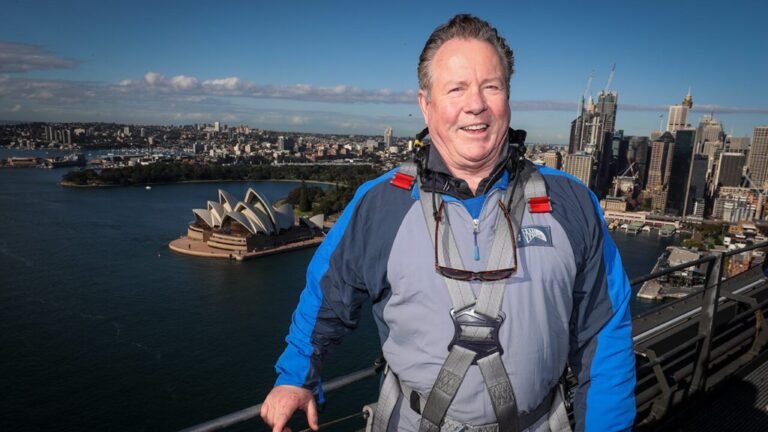Australia’s inbound holiday travel is still well below pre-pandemic levels, despite signs of growth in international tourism. The Australian Tourism Export Council (ATEC) says this slow recovery poses a serious challenge for the country’s tourism sector.
A new report by Tourism Research Australia (TRA) shows that international arrivals rose by 15% in 2024 compared to 2023. That increase brought in nearly one million more trips. But even with this progress, inbound holiday travel remains about 20% lower than it was in 2019.
ATEC Managing Director Peter Shelley says this gap is worrying. He notes that while spending from tourists has improved, the total number of holiday visitors is still far behind what the industry needs.
Shelley points out that visits for education and to see family or friends are returning faster than leisure trips. This is a problem because holidaymakers tend to spend more and play a key role in Australia’s tourism exports.
Meanwhile, more Australians are heading overseas. TRA data shows outbound travel reached 11.6 million trips in 2024 — the highest on record.
Shelley says that while Aussies are exploring the world, fewer people are coming to Australia for holidays. This shift means that more money is leaving the country than coming in from tourism. He calls this a missed economic chance.
To fix this, ATEC is pushing for focused action. In its 2025 tourism policy, it calls for extra support for overseas tourism partners, new investment in regional air services, and better training for local guides. The policy also highlights the need to fill job gaps in the tourism workforce.
These steps support Australia’s wider tourism strategy, called THRIVE 2030. This plan aims for $230 billion in total visitor spending by the end of the decade. Shelley says to reach that goal, the country must back the parts of the industry still struggling.
He stresses that new funding is needed for Tourism Australia. With many countries competing for tourists, Shelley believes a stronger presence in global markets is key. He also says more investment is needed to create high-quality tourism experiences across the country.
TRA’s report shows that China remains the top international market in terms of total spending. But the number of Chinese visitors is still below pre-COVID levels. On a more positive note, countries like India, Japan, and South Korea are showing stronger interest in traveling to Australia.
Out of 3.2 million holiday visitors to Australia in 2024, over one-third chose to explore regional areas. Places like Tasmania and the Northern Territory reported strong growth. But ATEC says this is not enough to balance the sector.
Shelley explains that regional tourism businesses are facing big challenges. These include staff shortages, rising costs, and unstable demand. He says there’s a need for more help in areas outside major cities.
While international holiday travel remains weak, domestic tourism held firm. In 2024, Australians took 2.4 million more overnight trips than the year before. This helped keep the local tourism sector active.
Tourism plays a major role in the Australian economy. According to the TRA’s annual Benchmark Report, more than 360,000 businesses in the country are linked to tourism. That’s about one in every seven enterprises. These businesses also support over 700,000 jobs.
More overseas tourists landing in Australia means more work in hotels, restaurants, tour companies, and travel services — not just in cities but also in rural and regional areas.
Officials say Australia is one of the world’s top travel destinations. They point to the strong efforts of the tourism sector and local governments in keeping momentum alive.
Tourism supports the economy far beyond just travel. It creates demand in transport, food, shopping, and local services. Leaders are also encouraging Australians to explore their own country. A night at a local inn, a meal at a small-town café, or a tour through the outback all help the national tourism economy grow.







